
I mentioned this in the newsletter this week, but in case you missed it, I’ve got 2 new patterns ready to launch in the coming weeks! One feature both patterns have in common is a chain edge, and I realized a great way to tease the new releases would be to share my how I knit my chain edges!
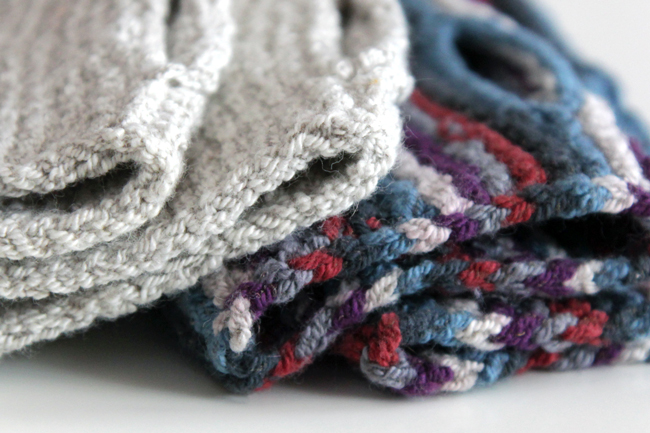
To create a chain edge while working flat, each row of knitting begins and ends with a twisted stitch. The slipping of each row’s first stitch with the yarn in front and knitting through the back loop of the last stitch results in a braid-like edge. I love using a chain edge in garter stitch for a smooth, finished look. So often in garter, the edges of your work end up uneven or loose, which isn’t the cutest. Even if you try to tighten your edge loops as you go, simply tightening my edge loops was my go-to garter edge solution for years, it’s impossible to get the crisp, squared off look that comes from a chain edge.
There you have it! When you’re working flat, just slip the first stitch of each row with yarn in front, and knit the last stitch through the back loop, and your chain edge is set. It’s that easy!
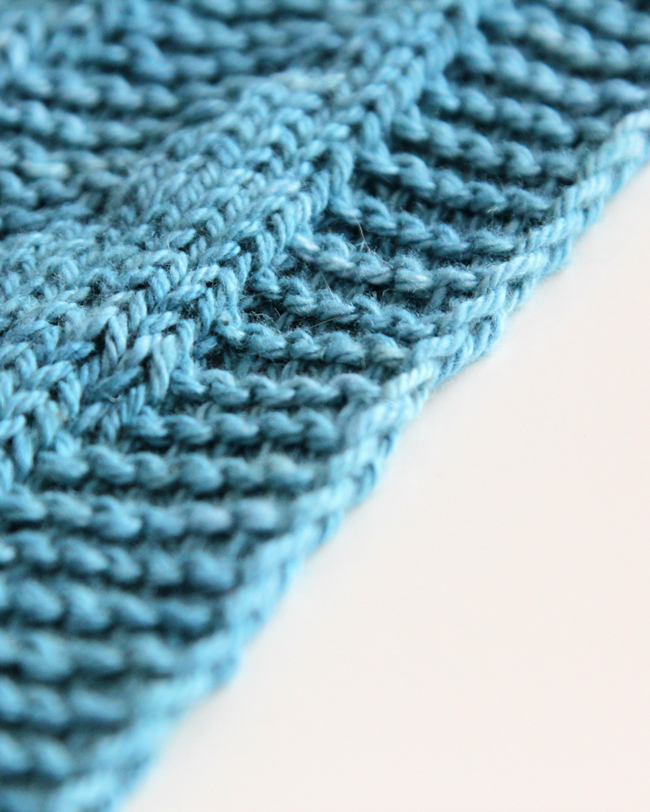
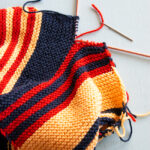
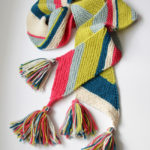

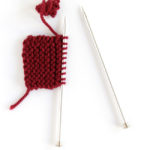


 & shop new patterns
& shop new patterns 





Heidi,
How can I pin this for later?
Thanks
When you hover over images, a Pinterest icon appears. If you click that you can pin it. You can also visit my Pinterest at Pinterest.com/handsoccupied and repin the post from my page. Here’s a direct URL as well: http://pin.it/hVSePY2.
Thanks so much Heidi. Got it!
Do you slip the first stitch as if to knit or purl?
Slip as if to purl with yarn in front. :)
Heidi, would you need to add 2 stitches to your pattern in order to end up with the stitches needed to create the braided edge? I realize a lot of patterns would not have you doing anything other than knit or purl at the beginning but just wondering. This way of doing the edge looks a lot neater and tighter than just slipping each 1st stitch. Thanks for sharing!
In the pattern I just released and the one I’m about to release next week, I write this chain edge into the pattern. As you have noticed, most patterns don’t include this. :) You don’t need to add extra stitches, just work the first and last sitch of each row using the slip/tbl tricks from this post. On the other hand, if there’s a lot of ornamentation near the edges, you could absolutely add an extra stitch in each row if you prefer that look.
I’m having trouble figuring out how to slip the first stitch WITH YARN IN FRONT.
Is there another way to describe this?
At the 0:41 mark, this video demonstrates how to slip the first stitch of a row wyif: https://m.youtube.com/watch?v=393N4z5mmPU
As I understand it…. At the beginning of each row, bring yarn to the front as if to purl, slip your first stitch purlwise, then move yarn to the back and begin knitting. On the last stitch of each row, knit into the back of that stitch.
Thank you, Heidi! This works very nicely for very clean and even edges. No more uneven or sloppy looking edges.
You’re welcome!
I have a question on the baby basket weave blanket. You say on rows 2-4 k3 p3 and on 5-7 p3k3…on row 1 knit and then you say to repeat the patten..does this include every first row you know….or do you do something different?
You work row 1 only once. For the rest of the blanket, you work rows 2-7 over and over.
Thanks for this great tip. Does it make the edge less stretchy than the body of the work, and if so, does working that edge stitch loosely help?
Chain edges do affect gauge since there’s one less stitch-worth of yarn worked in every row. Working the stitch loosely can help, but many knitters find it challenging to do that consistently.
Can you tell me how you knit, not just the edge of this blanket, but also the frame? Thank you.
I’m not 100% sure I’m answering your question correctly, so LMK if this helps: I used garter stitch (knit on the right side and wrong side) for the stitches closest to the chain edge in the pictured blue shawl.